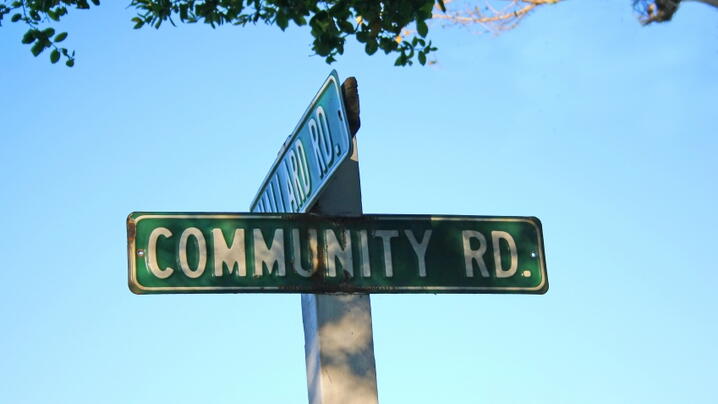
As we confront natural disasters, economic problems, and public health events, the concept of resilience hubs can be a source of hope for communities. These innovative facilities enhance a city's readiness, response, and recovery capabilities and serve as centralized support systems before, during, and after crises, especially for low-income populations.
What Are Resilience Hubs?
Resilience hubs are augmented community centers that provide services and resources relevant to local needs. Unlike traditional disaster support centers that operate strictly during emergencies, these hubs function year-round, fostering social connection and community engagement. Resilience hubs serve as neighborhood gathering points where residents can access information, receive support, and participate in programs that enhance neighborhood resilience against life-safety or environmental challenges, all while building neighborhood connections.
The Role of the Urban Sustainability Directors Network (USDN)
The Urban Sustainability Directors Network (USDN) is a coordinating resilience hub information source. Its comprehensive Resilience Hub Guidance Document offers local governments and community organizations a pathway for implementation. USDN focuses on several fundamental principles:
- Prioritizing community needs by understanding and addressing unique neighborhood challenges.
- Empowering neighborhoods by shifting decision-making power to local communities, ensuring their voices are heard.
- Addressing primary causes by resolving underlying climate and environmental vulnerability issues.
Successful Examples: Hawaii and Vancouver
Two examples of effective resilience hubs are the county of Hawaii and the city of Vancouver, Canada. These jurisdictions have successfully implemented resilience hubs that display several characteristics:
- Community-centered programming, designed with residents' input, ensures the program meets diverse needs.
- Collaborative partnerships fostered through strong relationships between local governments, community organizations, and participants.
- Multifunctional spaces serving multiple purposes, including emergency shelters, cooling centers during heat waves, and distribution points for essential resources like food and water.
Critical Considerations for Building Effective Resilience Hubs
To create successful resilience hubs, several factors are usually considered:
- Centralized locations that can be easily accessible to all community members.
- Strong neighborhood support that builds trust and engagement within the community.
- Dedicated coordinators who facilitate operations and maintain resident connections.
- Transportation accessibility with locations that prioritize walkability and accessibility for underserved populations.
- Accessibility features, including ramps, elevators, and other accommodations ensuring inclusivity.
Overcoming Challenges
While Hawaii and Vancouver have made progress in establishing resilience hubs, both jurisdictions have faced challenges:
- Limited resources and funding; counties and cities have sought partnerships with local organizations and businesses to secure necessary funding.
- Community engagement through workshops and events, helping involve residents in planning.
- Collaborating with private businesses to address communication systems and emergency supply issues.
- Public information campaigns with outreach initiatives, raising awareness about the use and benefit of these hubs.
The Future of Resilience Hubs
Investing in resilience hubs is not just about disaster response; it’s about building a more resilient future. Recently, the city of Orlando received a large federal grant to develop its community centers into resilience hubs.
Cities and counties can foster facilities that protect communities during times of need, empower residents, promote collaboration, and leverage technology. Establishing resilience hubs represents a holistic approach to neighborhood planning. Resilience hubs are more than just physical spaces, community centers, or emergency centers; they are vibrant hubs of community engagement that empower residents to thrive before, during, and after emergencies. By learning from successful implementations in Vancouver and Hawaii, other cities and counties might adopt similar strategies to augment their resilience efforts.
New, Reduced Membership Dues
A new, reduced dues rate is available for CAOs/ACAOs, along with additional discounts for those in smaller communities, has been implemented. Learn more and be sure to join or renew today!
